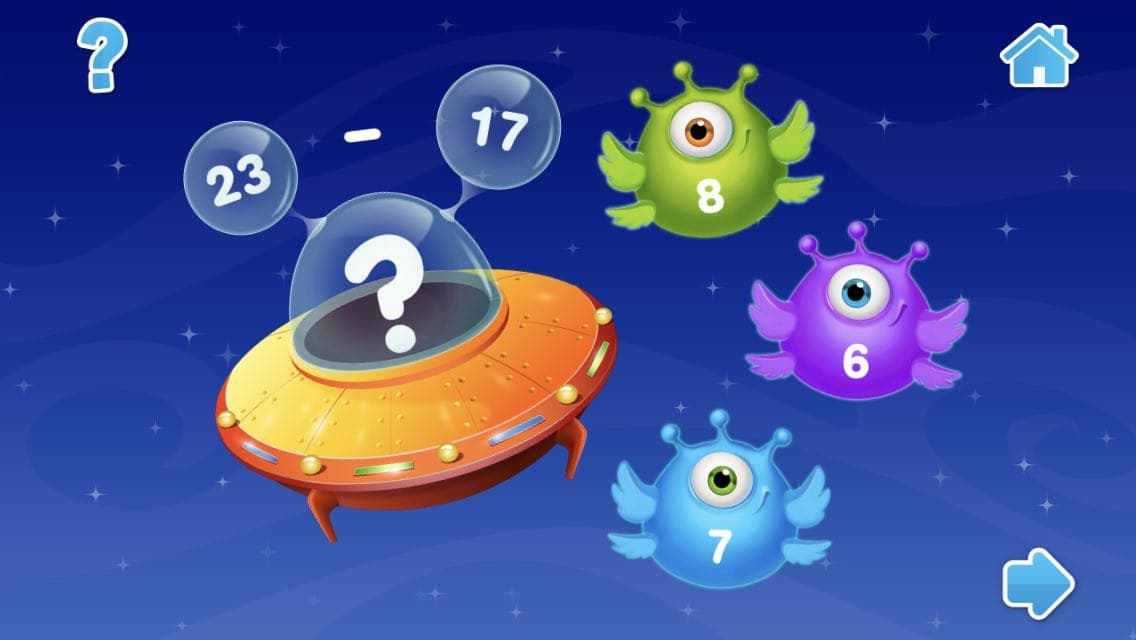Simple Divisibility Strategies for Kids
March 14, 2023
Division is a practical concept that adults use all the time. Since we use it so nonchalantly we forget what it was like before we understood this basic concept. It can be frustrating when we try to help our students learn division because “they just don’t seem to get it”. That is completely true, they really don’t get it and neither did you until you spent years and years practicing.
Division is the process of breaking a large group (students, pencils, crayons) into smaller even groups. Up until division, learners have been combining very concrete ideas of adding to strengthen their understanding of subtracting and multiplying. Division does not need to be a huge jump from that since it is simply breaking down groups, but the arithmetic and symbology does take a step forward from the other forms of mathematics. It represents a very noticeable bottleneck where some of the strongest math students will find themselves slowing down. For some it will take lots of practice to finally start clicking, others might not truly get the hang of it until the exposure of more difficult concepts. Division itself is an important skill to master. It is also necessary to master more advanced concepts like fractions and decimals.

Fun fact: the little division sign made up of a line sandwiched by two dots ÷ is called an obelus. The name came from the ancient Greek word for sharpened stick or dagger which would be used to split or divide any number of items into groups.
The best approach for any math concept is to gain a solid understanding of the topic as a whole and then to practice the skill regularly. Much like language or athletic skills they are honed through practice and being exposed to differing situations and problems. They will also slip away rather quickly if left unpracticed for an extended period of time. With all that being said there are always strategies and patterns hidden deep within numbers. These patterns can be derived by students themselves through practice or introduced slowly as deemed necessary. Division worksheets will help your child improve math skills.
This is our list of divisibility strategies for numbers 0 - 10.
Dividing by Null
0 - There is no strategy for zero because no positive number can be divided by zero. Trying to put any number of objects into zero groups would need to eliminate the objects being divided. Many automated response systems, Siri, Alexa, and Google have clever responses if you ask them to divide by zero or divide zero by zero. This is always good for a giggle whether in the class or at home.
Dividing by One and Two
1 - Every positive number is divisible by 1. When dividing by one you will always get the original number. Imagine taking a stack of 20 pencils and putting them in 1 pile, you would have a pile of 20 pencils. 20÷1 = 20
2 - All even numbers (numbers ending in 0,1,2,4,6, or 8) are divisible by 2. Dividing by two is the same is taking half of a number. Half of 14 is 7, 14÷2=7
Dividing by Three
3 - Add up all the digits in the number. If that number is divisible by 3 then your original number is too. For example 72, 7 + 2 = 9, 9 is divisible by 3, therefore 72 is also divisible by three.
Dividing by Four
4 - Look at the last two digits, if they make a number divisible by 4 then the whole number is as well.
Dividing by Five
5 - Any number ending in a 5 or a 0 is divisible by 5.
This is where I usually stop when it comes to divisibility strategies, excepting 10. Beyond this point the strategies get far more complex. They are also rather pointless as many numbers divisible by these higher digits are divisible by lower digits anyway and will need to be reduced further.
Dividing by Six
6 - If a number is divisible by both 2 and 3, following their divisibility strategy then it is also divisible by 6.
Dividing by Seven
7 - The seven divisibility strategy is significantly harder to understand and remember than any other strategies. Your best bet is to gain a solid understanding of your seven’s times table. However, here is the strategy if you want. Remove the last digit from your number, double it and then subtract the remaining portion of the number. If your answer is divisible by 7 so is the original number. Example 14. Remove the 4 and double it to get 8, subtract the remaining 1 (imagining it is in the ones place value position) and you get 7. 7 is divisible by 7 and therefore so is 14. I highly recommend against trying to teach this to anyone learning division.
Dividing by Eight
8 - If the last 3 digits of the number are divisible by 8 then the number as a whole is as well. This is difficult because any 3 digit number is most likely out of the range of memorized divisibility.
Dividing by Nine
9 - The number 9 follows a similar pattern to 3. If all the digits are added together and the sum itself is divisible by 9 then the number is as well. This can be convenient if you are dealing with very large numbers. It can also be repeated until your answer is small enough to easily be divided. Example: 39573, this number is obnoxiously huge but can be summed together 3+9+5+7+3= 27. The process can also be repeated as many times as necessary. 2+7=9. Since the sum is divisible by 9 our original number of 39,573 is also divisible by 9.
Dividing by Ten
10 - Without a doubt the simplest strategy and one that students have most likely already figured out. Any number ending in a zero is divisible by 10. Since our numbering system is base ten, tens are a very convenient and easy number to add, multiply, divide and subtract with.
Here, our Math teacher Andrew shares several examples on usage of these divisibility strategies:
The concept of division should be introduced through exposure and math manipulatives. Students should create real world examples of division and create connections to their multiplication facts. Only through truly understanding the process of division and the fundamentals of what a quotient is the result of will they master this. Division, like any other math topic should never be introduced as an algorithm or as a concept to be memorized and repeated. You can read more interesting facts about math in our blog.











